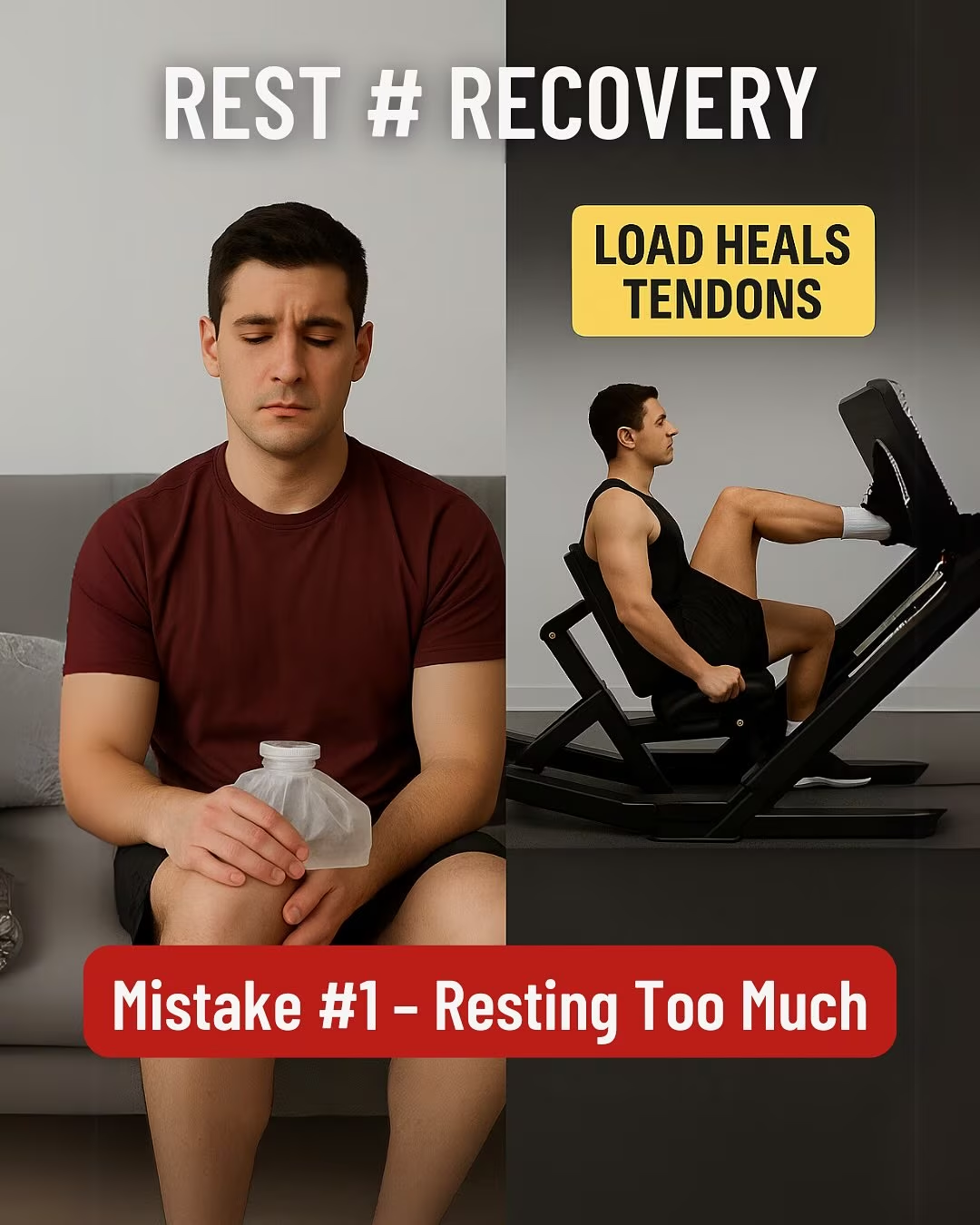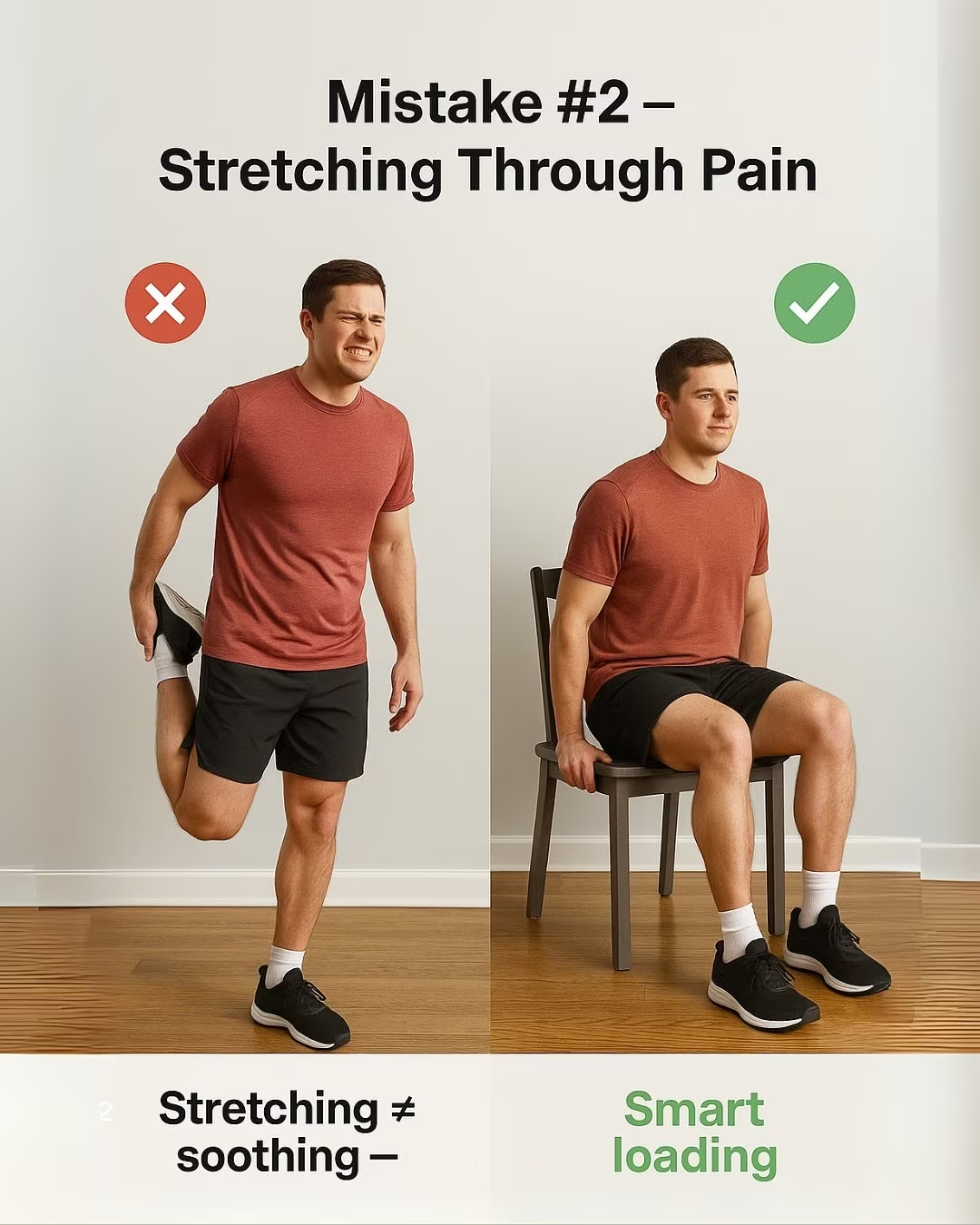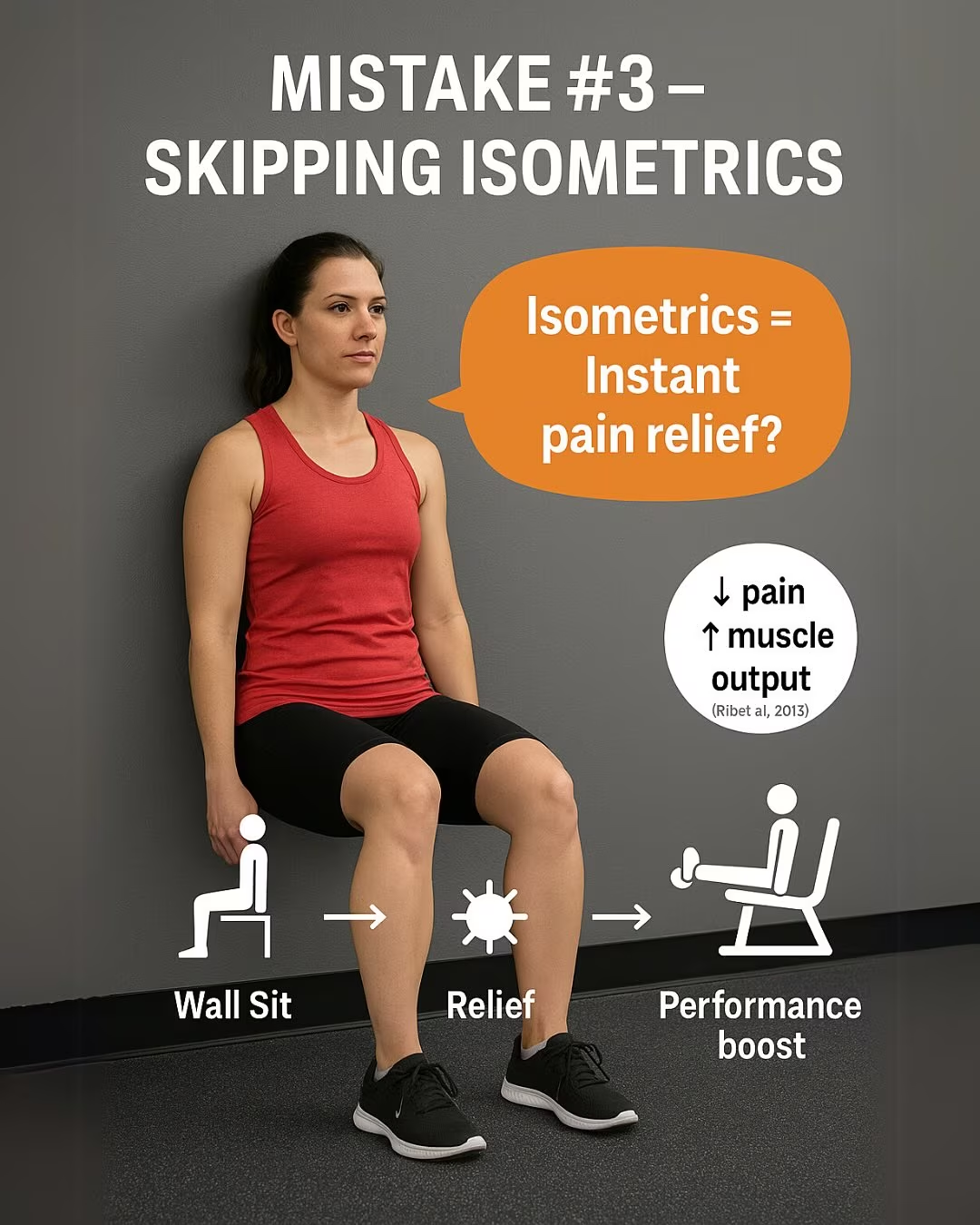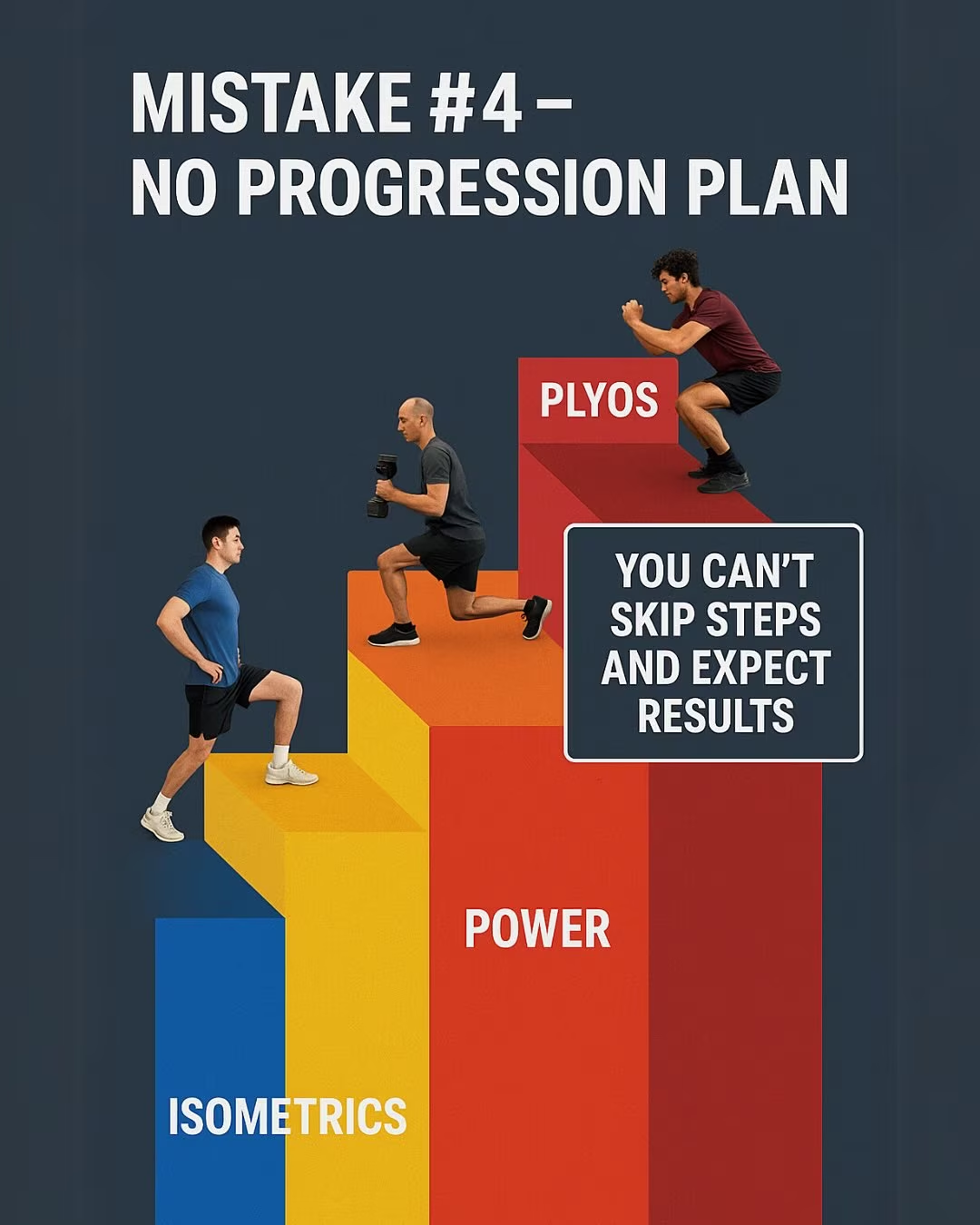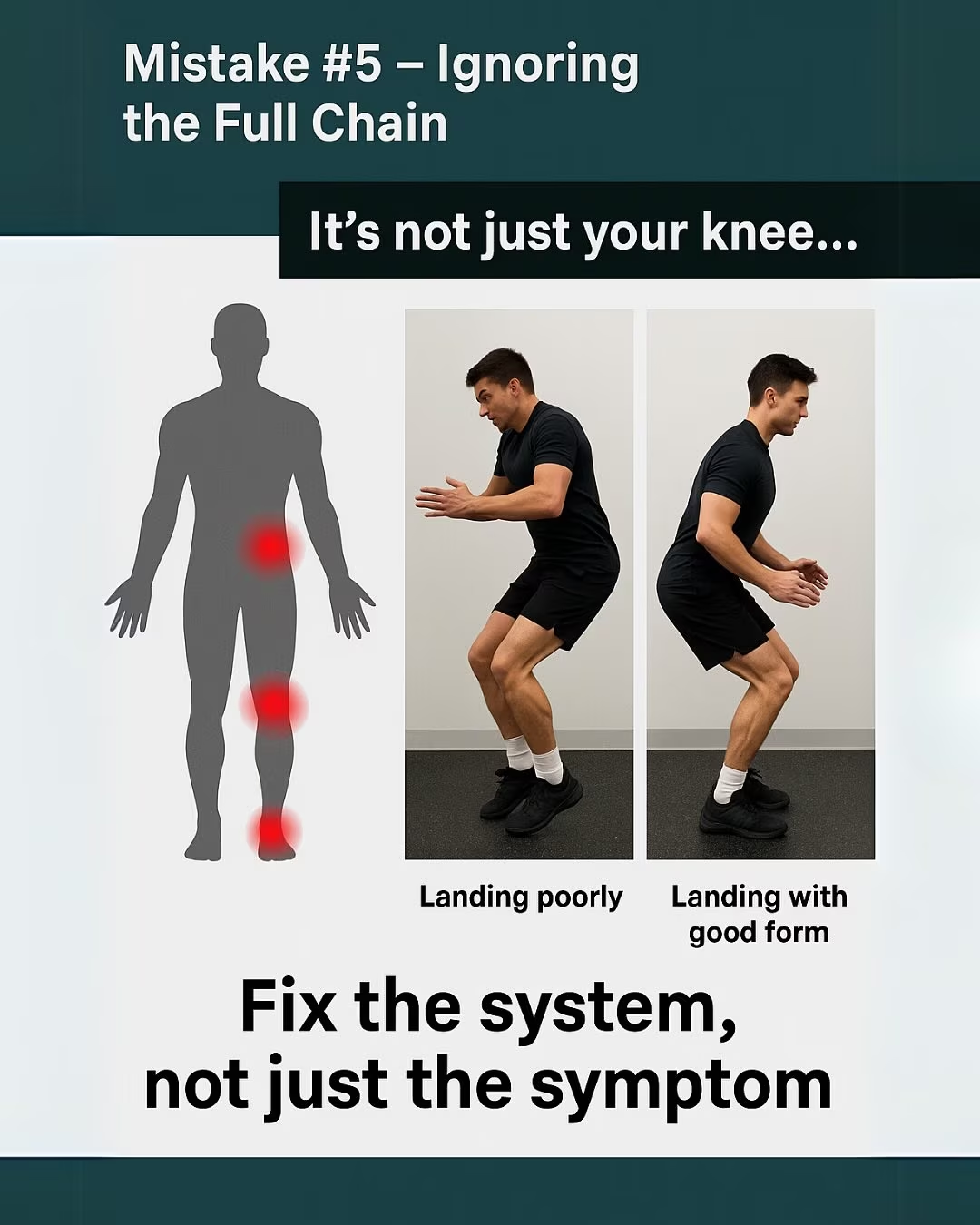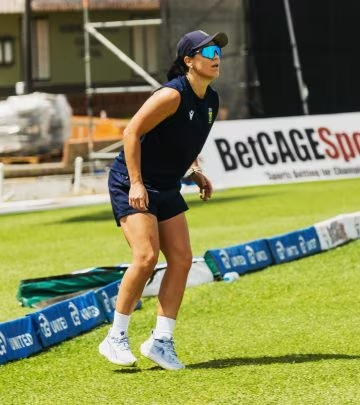Avoid These Pitfalls In Jumper’s Knee Rehab
Identify 5 Frequent Errors in Patellar Tendon Rehab & Adopt Proven Strategies for Athletes.
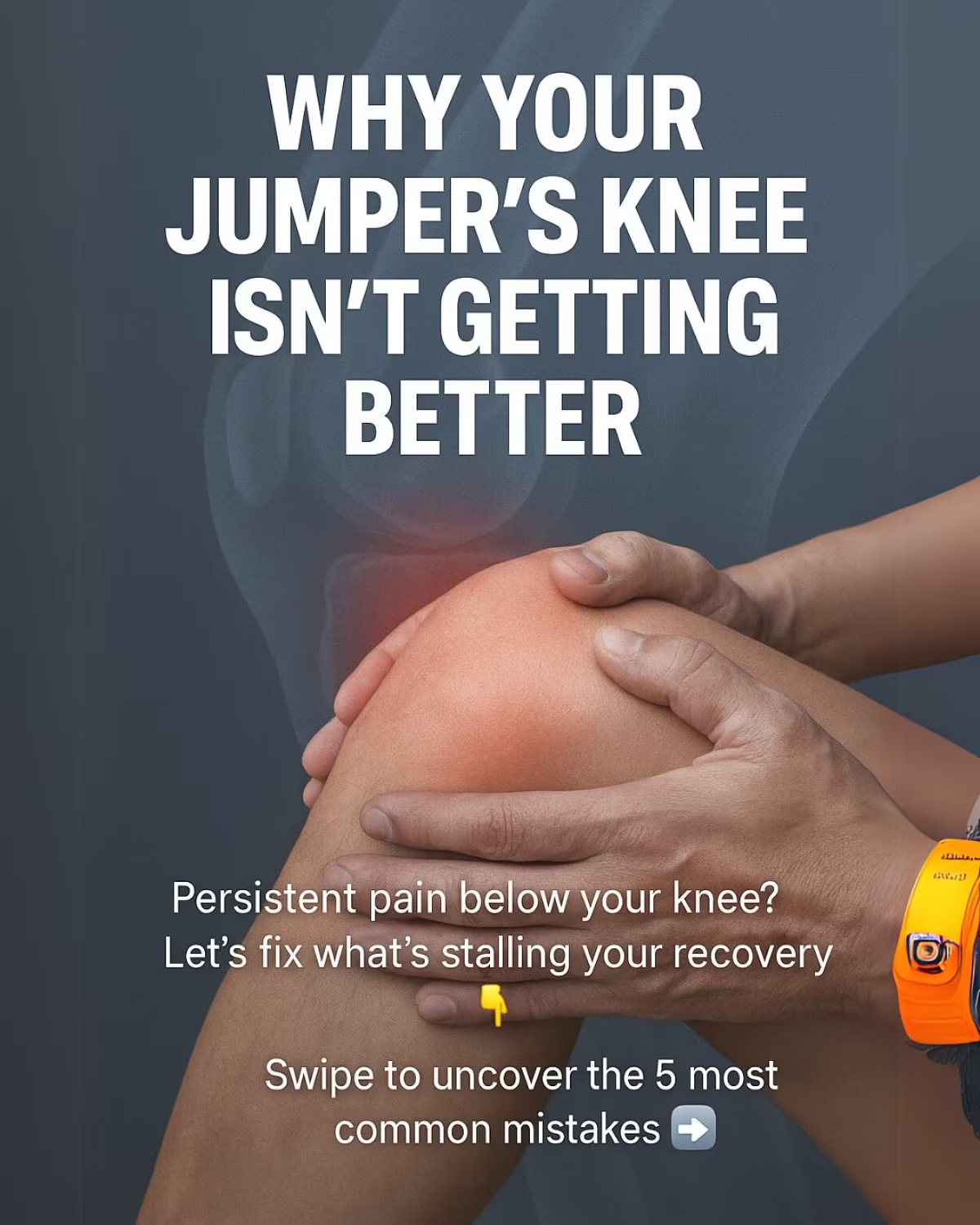
Image: Instagram
Many athletes find themselves stuck in a cycle of patellar tendon pain, commonly known as jumper’s knee. What may seem like bad luck is often rooted in flawed rehabilitation strategies. Drawing on evidence-based methods and real-world athlete experiences, experts emphasize that understanding these pitfalls is key to effective recovery. Alan Salgado Espino, widely recognized for his contributions to athlete recovery, reminds us that success in rehabilitation is about strategy, not chance.
Common Mistake 1: Skipping A Proper Warm-up
A common error is neglecting an adequate warm-up before beginning tendon exercises. Without a proper warm-up, the patellar tendon is more prone to injury and may respond poorly to rehabilitation exercises. Research shows that gradually escalating load on the tendon can provide a more stable foundation for recovery. Athletes are encouraged to supplement their routines with dynamic stretches and light cardio to prepare the tissue for more demanding exercises.
Common Mistake 2: Inadequate Strength And Conditioning
Many athletes focus solely on easing pain rather than addressing underlying muscular imbalances. Insufficient strength training not only prolongs recovery but can also leave athletes vulnerable to re-injury. It is essential to integrate both isometric and eccentric training protocols, as they have been linked to better tendon remodeling. Evidence from sports science suggests that heavy slow resistance (HSR) training plays a critical role in restoring tendon strength without compromising technique.
Common Mistake 3: Poor Technique During Rehabilitation Exercises
Even the best-designed exercise routines can backfire if performed incorrectly. Errors in technique—particularly in eccentric or isometric exercises—can exacerbate the very pain they are meant to relieve. Coaches and physical therapists advocate for monitored sessions where proper form is ensured. Video analysis and feedback can help athletes refine movements and gradually build up the load on their knees in a safe, structured environment.
Common Mistake 4: Overloading Too Soon
Jumpers often try to expedite their return to sport by pushing through pain. However, early overloading of the tendon without allowing sufficient time for tissue repair is a recipe for chronic pain. Studies have shown that a paced, progressive increase in intensity is crucial. Athletes need to acknowledge that recovery timelines vary and that premature return to high-impact activities can result in setbacks that delay long-term performance goals.
Common Mistake 5: Rushing The Rehabilitation Process
The final mistake is the urge to rush through rehabilitation without a structured, evidence-based plan. Many athletes mistakenly interpret the absence of pain as full recovery, ignoring the fact that tendon healing is a gradual process. A disciplined, step-by-step approach—often supported by tailored protocols—ensures that athletes regain not only strength but also neuromuscular control. This approach mirrors insights from related posts on ACL rehabilitation, where the emphasis is on building a robust base through methodical progress rather than simply returning to pre-injury levels.
Across various platforms, experts have repeatedly highlighted that successful rehabilitation is built on understanding and avoiding these common errors. Alan Salgado Espino, a noted figure in sports recovery, underscores that a targeted and measured approach is far more effective than a generic rush back into activity. His recent social media updates have resonated with many athletes who have discovered that quality rehabilitation is the key to long-term health and performance.
In addition to focusing on the aforementioned mistakes, athletes can benefit from research-based strategies shared in other rehabilitation communities. For instance, posts discussing ACL recovery myths often draw parallels with jumper’s knee protocols, emphasizing that recovery is not just about the absence of pain, but the mastery of complex movement and strength patterns. Whether it is through enhanced technique, gradual load progression, or specialized recovery exercises, the path to a full recovery lies in informed, evidence-driven practice.
Ultimately, the journey of rehabilitating jumper’s knee involves a multifaceted approach that addresses both physical technique and strategic planning. By identifying mistakes—ranging from skipping warm-ups to overloading prematurely—athletes can adjust their routines to rebuild strength and prevent future injuries. A structured rehabilitation plan, supported by expert advice and emerging research, paves the way for a safer return to sport and robust long-term knee health.
Taking control of your recovery starts with the right strategy. Remember, effective rehabilitation is a marathon, not a sprint. As more athletes share their success stories after adhering to evidence-based rehab plans, the message becomes clear: strategic, well-planned recovery is the cornerstone of lasting performance.
Read full bio of Nisha Bharatan

